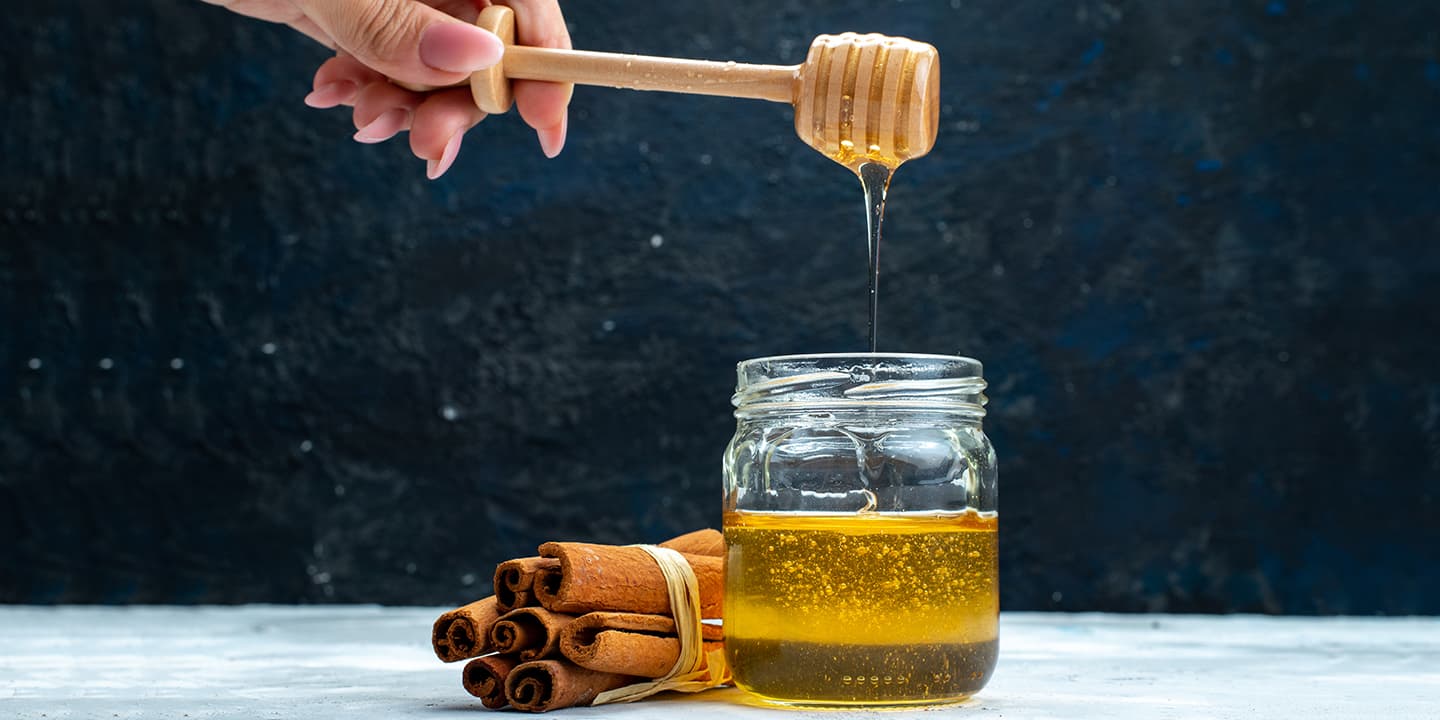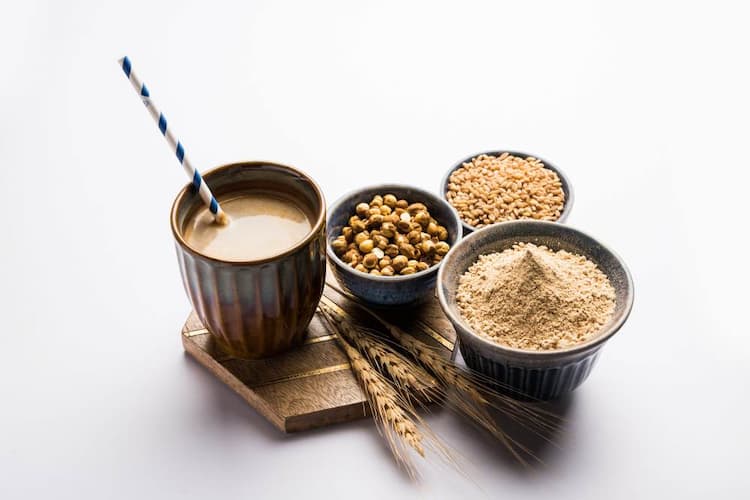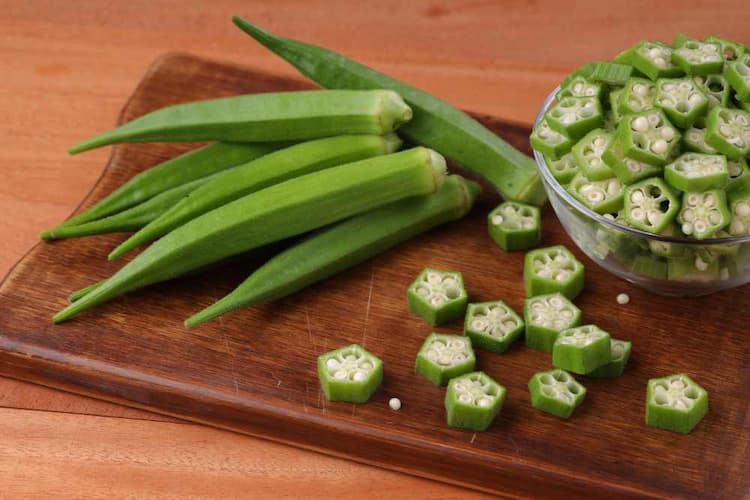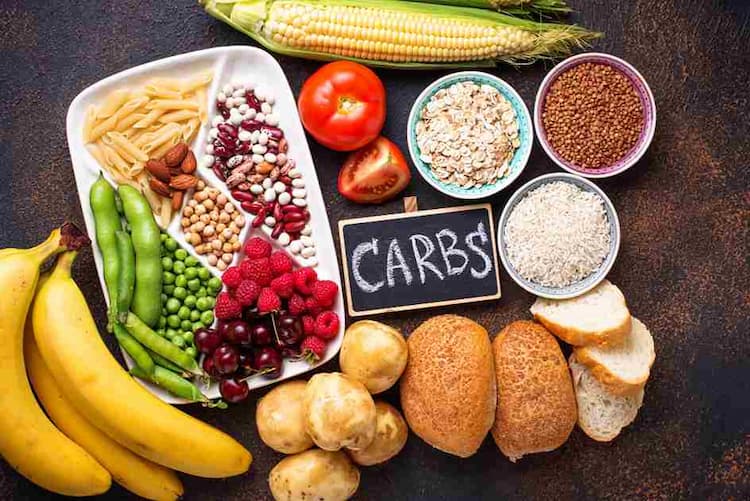Honey Purity Test at Home: How to check if honey is pure or adulterated?

Medically Reviewed By
Dr Divya Rohra
Written By Prekshi Garg
on Apr 20, 2022
Last Edit Made By Prekshi Garg
on Mar 18, 2024


What are the adulterants present in honey?
Adulteration of honey is done with substances that are cheap and can pass the laboratory testing parameters. The substances that are commonly used as adulterants in India are:- Molasses: It is a thick and viscous sugarcane juice. Boiling sugarcane juice gives you a turbid and dark solution that tastes as sweet as honey.
- Liquid glucose: It is a shiny and thick solution that is used in the confectionery and baking industry. It is also cost-effective and easily available in the market.
- Invert sugar: It is a shiny and thick liquid, produced by processing refined sugar.
- High glucose corn syrup (HFCS): It is produced when the sweetcorn is processed. The composition and consistency of HFCS are similar to honey.
- Rice syrup: This syrup is produced during the processing of rice. It is one of the most commonly used adulterants of honey worldwide.
How to check if honey is pure or adulterated?
With the increasing demand of honey and to make more profits, there are a lot of companies that adulterate honey with cheaper alternatives. The adulterated honey surely does not provide the health benefits of pure or raw honey. Since, there is no remarkable physical difference between pure and adulterated honey, therefore, it becomes extremely difficult to assess the purity of honey. Here are certain home and laboratory tests that can be performed to determine whether or not the honey is pure.Honey purity tests at home
There are various methods that you can use to test the purity of honey at home. These home remedies will help you assess the purity of different kinds of honey available on the market. It is always recommended that you use more than one test to check the purity of your honey, as a single test can give you false-positive results. The major diagnostic methods that you can use to assess the purity of the honey include:Solubility test
In this test, the honey is made to dissolve in a glass of water slowly. If your honey reaches the bottom of the glass without dissolving in the water then it is said that the honey is pure. However, this test can give you false results as the adulterants (except molasses) used in honey make its consistency thick, so that it does not dissolve in water. Also, unripe honey is pure but has thin consistency due to which it can dissolve in water easily.Flame test:
It is a test that detects the presence of water in honey. The flame test is performed by dipping a matchstick in honey and then trying to light it using a matchbox. If your honey is pure, the matchstick will ignite easily. However, if your honey is adulterated, it can be difficult to light a matchstick. The test can give false results if your honey is adulterated by thick adulterants that contain less moisture content.Blot test:
The blot test assesses the flowing ability of the honey. The test is performed by pouring a few drops of honey over the cloth or blotting paper. If the honey flows through the blot paper without wetting it, then it is considered as pure whereas if the honey gets absorbed or wets the blotting paper, then it is considered as impure honey. If the density of the adulterants is the same as honey, then the test may give false results.Vinegar test:
Vinegar can also be used to check the purity of honey. Take a glass of vinegar water and add a few drops of honey to the glass. If the mixture starts forming a foam, then it indicates that your honey is impure or fake. However, if no foam is formed, it means that your honey is pure.Honey purity tests conducted in the laboratory
According to the FSSAI, there are certain parameters set for the purity of honey. The ingredients of the honey must be under the permissible limits in order to be considered as pure. The table below shows the detailed information about the various laboratory tests used to check the purity of honey.| S.No. | Test | Description |
| 1. | Pollen test | This test counts the amount of pollen present in the honey that can help predict the botanical origin of honey. |
| 2. | Electrical conductivity test | The electrical conductivity of 20 gm honey dissolved in 100 ml water should be around 0.8 mS/cm. |
| 3. | Hydroxymethylfurfural (HMF) | The levels of HMF indicate the freshness of honey. Lower the HMF value, the fresher the honey. |
| 4. | Liquid chromatography isotopic ratio mass spectrometry (LC-IRMS) | This test calculates the deviations between δ 13C values. The test helps in calculating C4 sugars and foreign oligosaccharides. |
| 5. | Liquid chromatography and high-resolution mass spectrum (LC-HRMS) | This test helps in identification of artificial sugar syrups like synthetic syrups, C3 and C4 sugar syrups. |
| 6. | Proline quantity | Proline is an essential indicator of the quality of honey. Proline value less than 180 mg indicates adulteration. |
| 7. | TMR and SMR | These tests are done to detect rice syrup adulteration by identifying trace or specific marker for rice syrup |
| 8. | Nuclear magnetic resonance (NMR) | NMR is an analytical test performed to determine the purity as well as the geographical, and botanical origin of honey. |
How to verify the purity of honey?
Have you found yourself stuck in a supermarket, confused about which honey is of the best quality and which you should buy. Well, here are certain tips that you can follow to make sure that you don’t end up buying adulterated honey.- Check the label as well as the complete bottle of honey carefully for added flavours and additives.
- Know the standards of honey set by the governing organisation.
- If you get a chance, always taste the honey before buying it.
- If in case you have already bought honey, then perform the above mentioned home tests to check if your honey is 100% genuine or not.
What are the permissible parameters of honey?
According to the Food Safety and Standards Authority of India (FSSAI), the permissible limit of various parameters of honey are tabulated below:| S.No. | Parameter | Permissible limit |
| 1. | Specific gravity | 1.35 |
| 2. | moisture | 20% |
| 3. | Total reducing sugar | 65% |
| 4. | Sucrose | 5% |
| 5. | Fructose to glucose ratio (F/G) | 0.95 - 1.50 |
| 6. | Total ash | 0.50% |
| 7. | Acidity (formic acid) | 0.20% |
| 8. | Free acidity | 50 milliequivalents acid/ 1000 g |
| 9. | Hydroxymethylfurfural (HMF) | 80 mg/kg |
| 10. | Diastase activity | 3 Schade units/g |
| 11. | Water-insoluble matters | 0.10% |
| 12. | C4 sugar | 7.0% |
| 13. | Pollen count | 5000 |
| 14. | Foreign oligosaccharides | 0.7% |
| 15. | Proline | 180 mg/kg |
| 16. | Electrical conductivity | 0.8 mS/cm |
Takeaway
Honey is a household food used all across India. It is used for its therapeutic properties. It may be consumed by dissolving in water or adding to food as a natural sweetener. But with the increasing adultery in honey, it is extremely difficult to find the honey that is completely pure. Now that you know the ways by which you can test the purity of honey through simple experiments at your home, do test the purity level of honey used at your home. Try using honey which is pure so as to attain the full benefits of honey.Frequently Asked Questions (FAQs)
-
What are some of the myths about purity tests of honey?
There are a lot of tests available over the internet that are said to test the purity of honey. Some of the fake tests for the purity of honey include:- The ants test for honey purity is not reliable as ants will feed on anything that is sweet.
- Mixing honey with alcohol does not give reliable purity results.
- The honey tests that claim the drops of honey forming a certain shape in pure form is also not accurate.
-
What are the purity parameters of honey?
Pure honey is composed of 76-80% glucose, 17-20% water, pollen, fructose, mineral salts and wax. -
Is there any expiry date for honey?
There is no expiry date for honey if you store it in a proper place.
Leave a comment
4 Comments
Becky ij
Apr 5, 2024 at 10:14 AM.
This article is really helpful. I tried the vinegar and it indicated that my honey is pure
Myhealth Team
Apr 11, 2024 at 6:00 AM.
That's great to know. Thankyou
Sakwa Kevin
Jan 20, 2024 at 4:04 AM.
Very informative and well researched write up
Myhealth Team
Jan 23, 2024 at 12:44 PM.
Thank you for your compliment!
Victoria Osubor
Dec 5, 2023 at 6:08 AM.
Where is the proper place to store honey
Myhealth Team
Dec 8, 2023 at 9:33 AM.
Store honey in a cool, dry place at room temperature, away from direct sunlight, and in a tightly sealed container. Avoid refrigeration to prevent crystallization.
El-Hussein Adamu
Aug 27, 2023 at 1:00 PM.
Another domestic ways is by pouring honey into a light leather and put it into deep frezer. Once it blocked then there's a mixture of water in it. THOU TRIAL WILL CONVINCE YOU
Myhealth Team
Aug 29, 2023 at 7:21 AM.
Testing honey purity by freezing can be unreliable. Lab tests are more accurate for determining honey purity.



